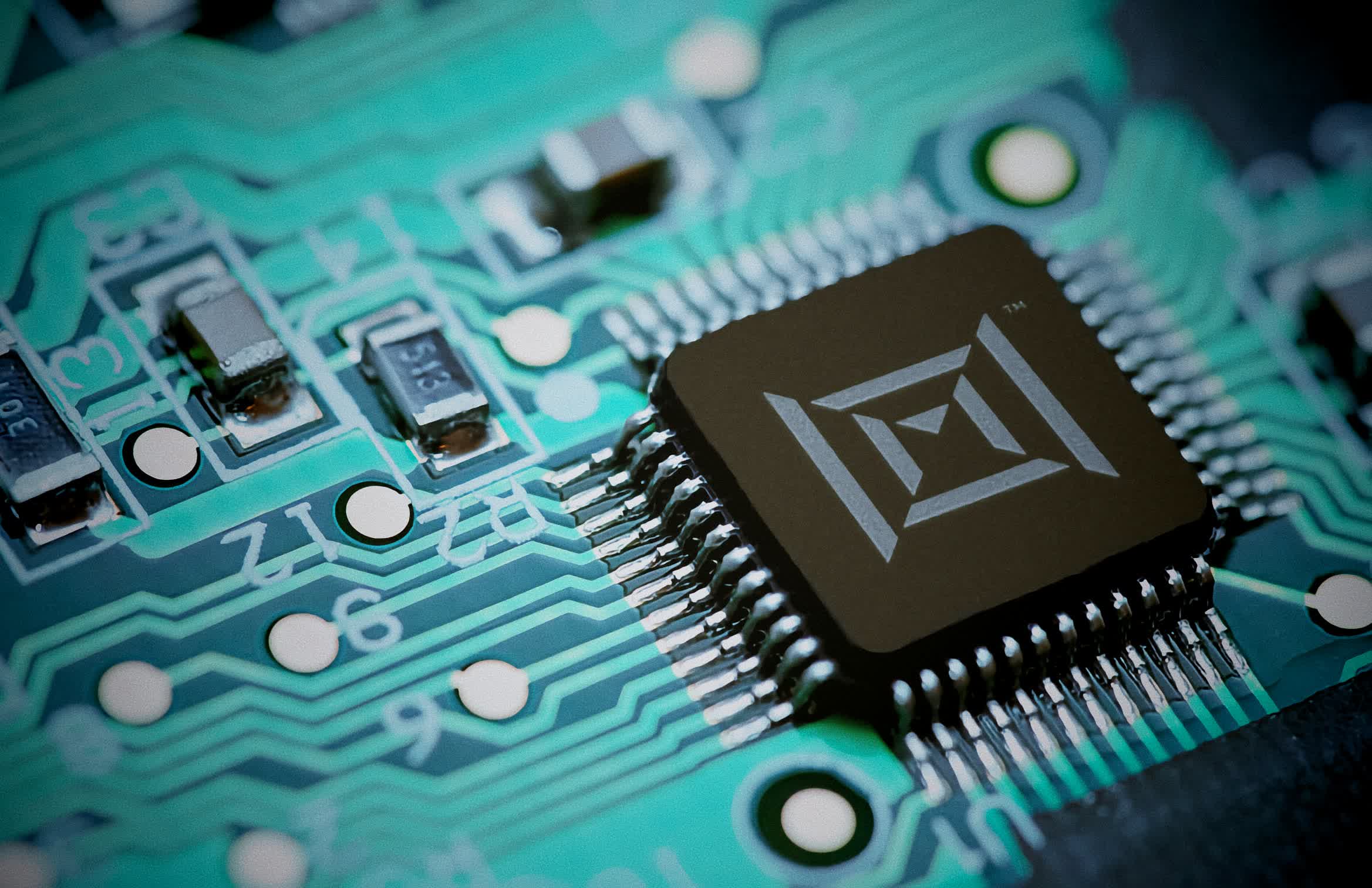
As most people who have navigated their career knows, long-term plans often take unexpected turns. This is fine for people, but companies need to be more directed. We were reminded of this fact of life during a recent Marvell analyst event.
Marvell Technology remains a multibillion dollar semiconductor company specializing in designing integrated circuits for data infrastructure. The company is filled with immensely talented people. During their event they displayed a dazzling array of products, pushing the realm of the possible in a range of fields across networking, storage and compute. Marvell plays in a larger number of products and markets than any other company of its size (Broadcom does not count). We felt deeply engaged wit the content they provided and the depth of their technical capability.
Editor's Note:
Guest author Jonathan Goldberg is the founder of D2D Advisory, a multi-functional consulting firm. Jonathan has developed growth strategies and alliances for companies in the mobile, networking, gaming, and software industries.
That said, we left the event with a gnawing question. Where does Marvell fit in the world of semiconductors? What is their overarching strategy and how do they connect their many disparate parts? They position themselves as a "Data Infrastructure" company, which is catchy but not entirely clear. A key part of our concern was the emphasis the company put on "Custom Compute" – the business of helping non-semis companies to design their own chips. This is obviously a strong and important trend, but it does not necessarily make for a good business.
To be clear, Marvell is very good at this work. They have been helping customers build chips longer than we have had a name for the practice. Their presentation on the market was the best communicated description of the market we have seen, clearly outlining the market's dynamics and Marvell's offerings here.
The problem is not Marvell, it is the market.
The problem is not Marvell, it is the market. Custom design projects are just that – projects with a limited life. The risk is that Marvell wins a design for one chip but then loses the business for the next generation of the chip. Another issue is that there is a limited number of customers capable of making use of Marvell's services, maybe 100 in the world.

And many of Marvell's peers are just as capable at this (and here Broadcom very much does count). Which just means that those customers are going to treat custom design service providers in a highly competitive way, exacerbating that longevity problem above.
Moreover, Marvell does not really seem to have a cohesive approach to its businesses. Intel and AMD stand for PC and data center CPUs, Nvidia GPUs and AI, Qualcomm is mobile compute. Each of those companies have their own set of issues, but at heart they have a core strategy to build upon. Marvell seems to lack that cohesion. Maybe that is not a problem, Broadcom has a similar lack of a core strategic philosophy, but they are clearly not the same.
We periodically write a piece about who are the long term survivors in the semis industry, and Marvell never quite makes the list. Put simply, it is hard to see Marvell as a standalone company five years from now. A long time ago, we wrote that they needed to decide if they are predator or prey, and they still seem to be unsure about their answer to that critical question.
Our sense is that management does not have the energy to become more acquisitive, and there are far fewer targets out there anyway. At the same time, it is hard to see them maintaining their status quo. For many years, the Street not-so-secretly encouraged Qualcomm to buy them. Today the favored knight in shining green armor is Nvidia. We have no idea if either company is interested, but by the same token, we do not think Marvell can stand alone forever.
https://www.techspot.com/news/101672-marvell-where-do-they-fit-world-semiconductors.html